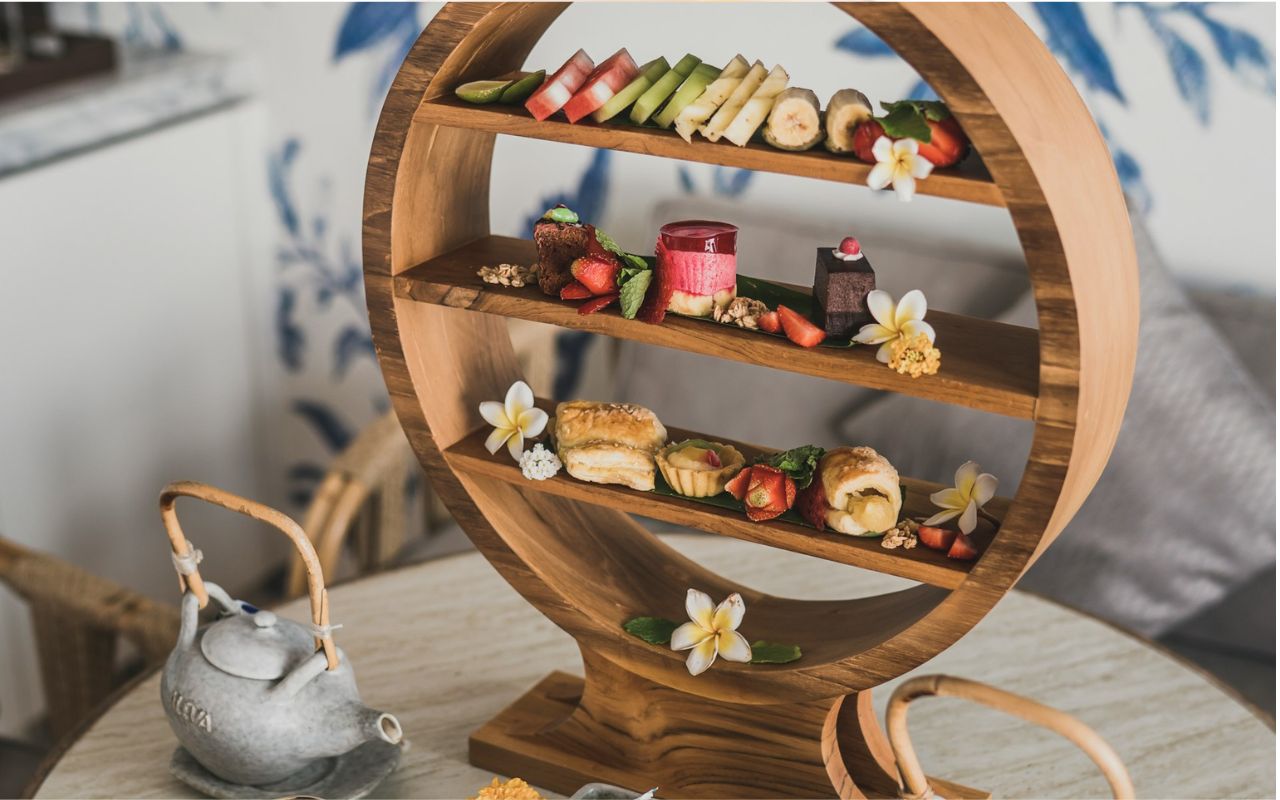11 Menu Phrases That Secretly Mean You’ll Get Less Food

Menus are filled with clever, enticing language that often sounds appealing but can subtly signal smaller portions. Words like “petite,” “lite,” or “tasting menu” are carefully chosen to make dishes feel elegant, sophisticated, or indulgent, while delivering less food than a standard serving. Understanding these hidden cues helps diners set expectations, avoid leaving the table hungry, and order wisely. Recognizing the subtle language behind menu descriptions transforms dining from a guessing game into a more satisfying, informed experience. It allows you to appreciate the flavors and presentation without being caught off guard by portion sizes.
1. Chef’s Special

The term “chef’s special” often sounds impressive, suggesting a unique or premium dish, but it can sometimes mean a smaller portion. Restaurants use this label to highlight creativity or seasonal ingredients, not necessarily to provide a larger serving. While the presentation may be elaborate and the flavors carefully curated, the actual quantity is often modest. Diners should enjoy the dish for its taste, innovation, and visual appeal rather than expecting it to be filling. Understanding this can prevent surprises and help set realistic expectations for portion size.
2. Tasting Plate
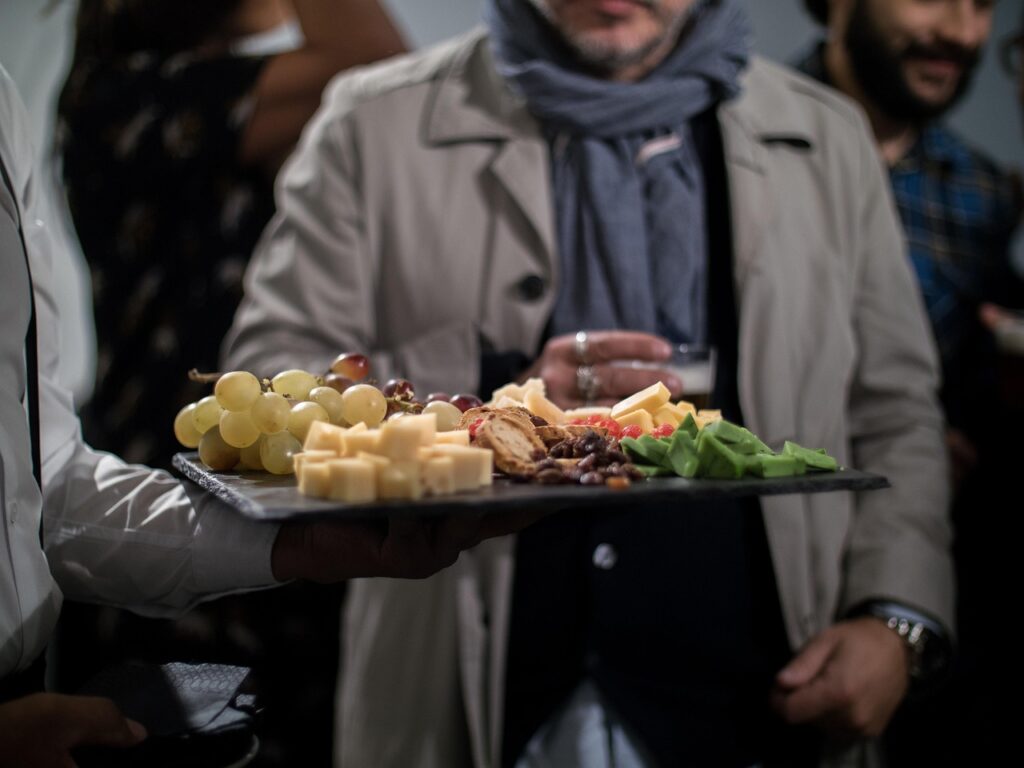
A “tasting plate” promises a culinary adventure, but it usually provides only small portions meant to be sampled rather than filling. Restaurants create these plates to highlight flavor variety, presentation, and creativity, allowing diners to try several items without committing to full entrees. While excellent for sharing or exploring new flavors, it can leave hungry guests disappointed. The focus is on experience and artistry, not satiety, encouraging diners to appreciate subtle nuances over sheer volume.
3. Amuse-Bouche
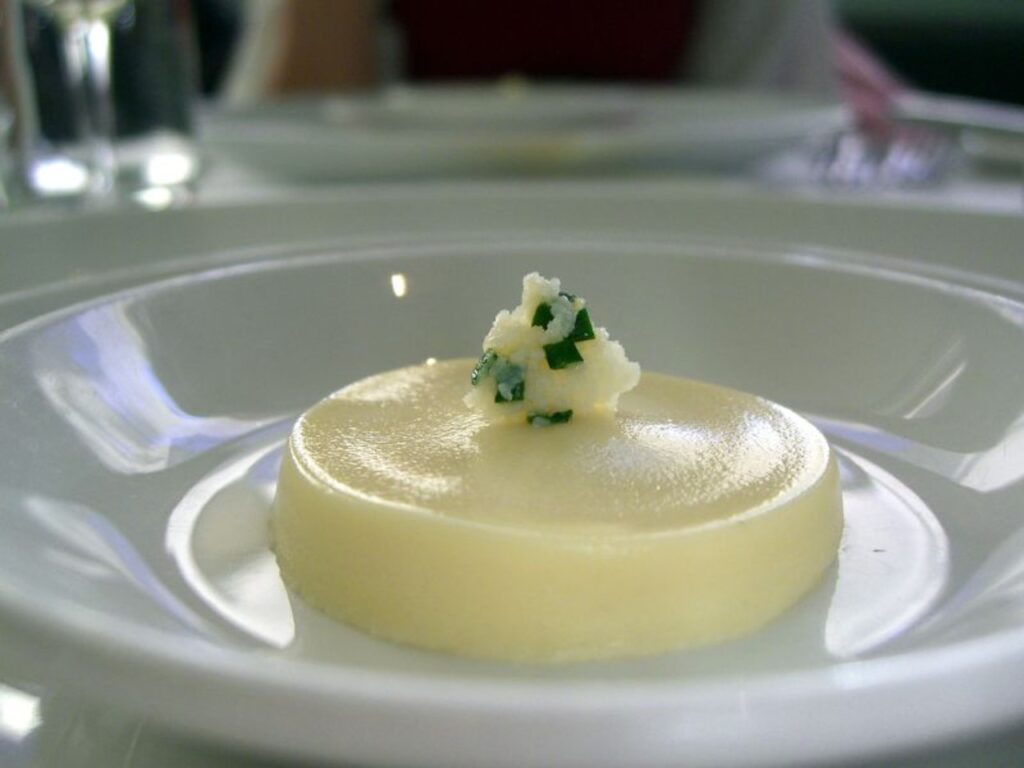
The “amuse-bouche” is a tiny, chef-selected bite served at the start of a meal to excite the palate. Translating to “mouth amuser,” its purpose is to showcase creativity and set the stage for the courses ahead, not to provide a full serving. Often complementary in fine dining, it delivers an intense burst of flavor in a minuscule portion. While delightful and intriguing, it cannot satisfy hunger and is best appreciated as a fleeting, elegant teaser that whets the appetite rather than replaces a substantial dish.
4. Petite Dessert
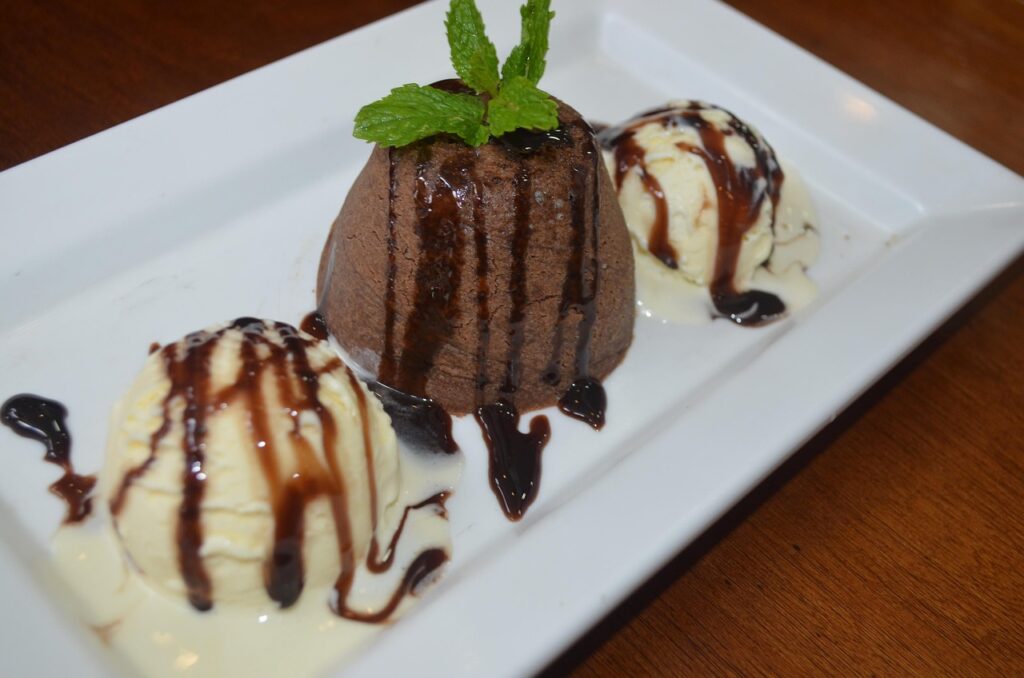
A “petite dessert” is a smaller, refined version of a traditional sweet treat. While it provides the flavors, textures, and visual appeal of a full dessert, the portion is deliberately modest. Restaurants serve these to offer elegance, calorie-conscious indulgence, or a finishing touch that doesn’t overwhelm. While satisfying for someone who enjoys a light, sweet bite, it may leave a dessert lover wanting more. This phrase emphasizes presentation and controlled indulgence, prioritizing style over size.
5. Side Salad
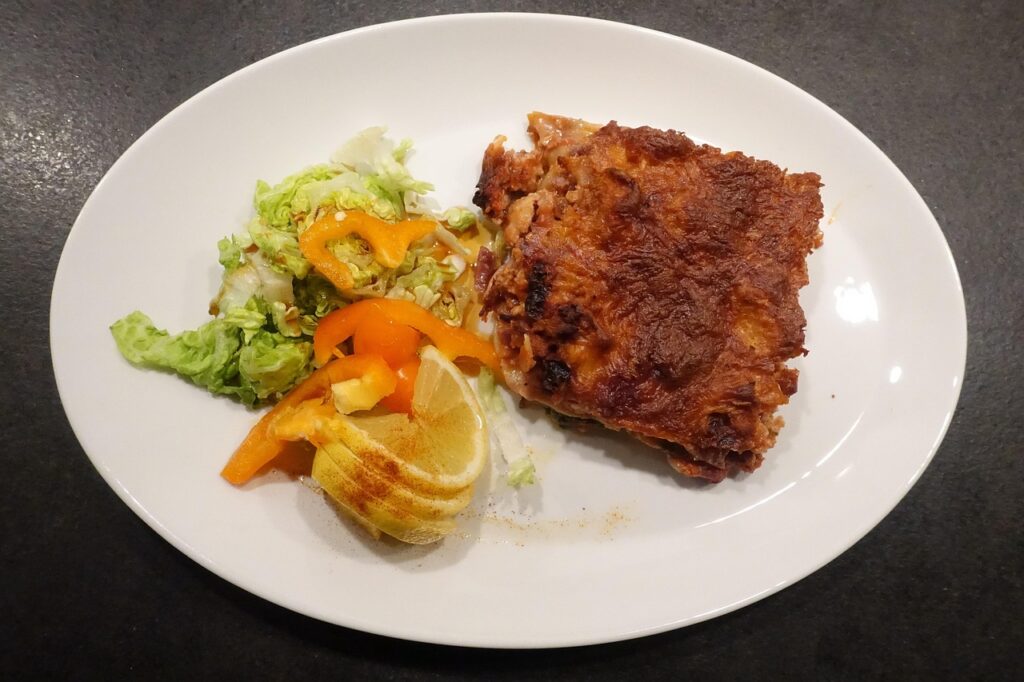
A “side salad” is meant to accompany the main dish, not serve as a filling entrée. It usually contains a small selection of greens, vegetables, and light dressing, designed to enhance the meal rather than dominate it. Diners expecting a large salad may be surprised by the modest portion. Side salads highlight freshness and balance, adding flavor, color, and texture to a plate without satisfying a hungry diner on their own, making them ideal as a complement rather than a main attraction.
6. Lite or Light
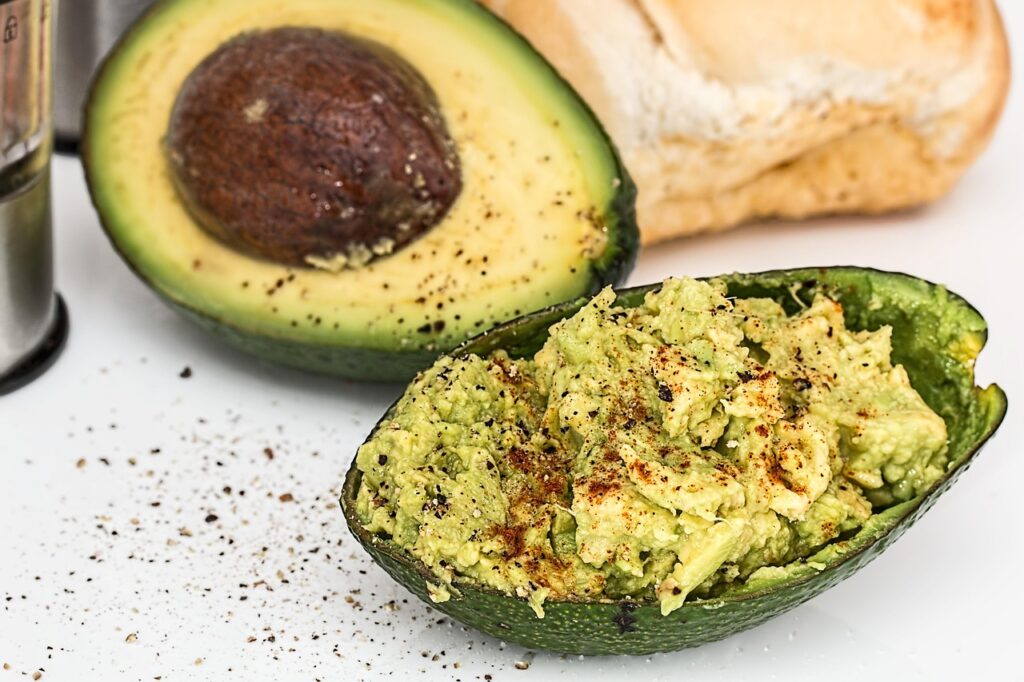
When a dish is labeled “lite” or “light,” it usually means fewer calories, ingredients, or sauce, which translates into a smaller portion. These items appeal to health-conscious diners but may leave others unsatisfied. The term signals restraint, careful portioning, and a focus on nutrition rather than fullness. Diners should recognize that ordering a “lite” option may require pairing with sides or extras to feel fully satisfied. It’s a choice that prioritizes moderation and mindful eating over hearty portions.
7. Appetizer-Style
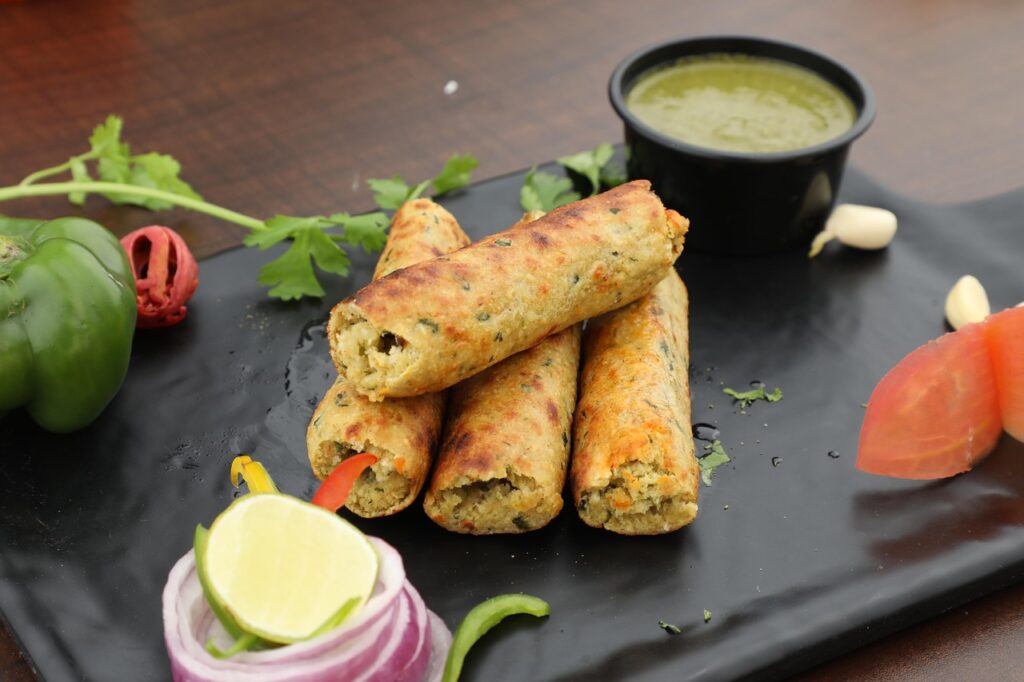
“Appetizer-style” signals that the dish is prepared in a smaller portion, similar to a starter rather than a full entrée. It allows diners to sample flavors, enjoy variety, or share with others without committing to a large meal. Restaurants often use this phrasing to encourage tasting, yet it’s a polite warning that the dish will be light. While perfect for flavor exploration, anyone expecting a satisfying main course may need to order additional plates to avoid leaving the table hungry.
8. Mini

“Mini” suggests cuteness or novelty, but it’s also a clear signal of a smaller portion. Mini burgers, sandwiches, or tacos are visually appealing and perfect for snacking, sharing, or presenting stylishly, but they cannot replace a full entrée. The phrase prepares diners for a lighter experience, emphasizing charm and bite-sized servings over fullness. Anyone seeking a substantial meal should expect to supplement with sides or additional dishes, as “mini” focuses on presentation and fun rather than appetite satisfaction.
9. Petite Platter
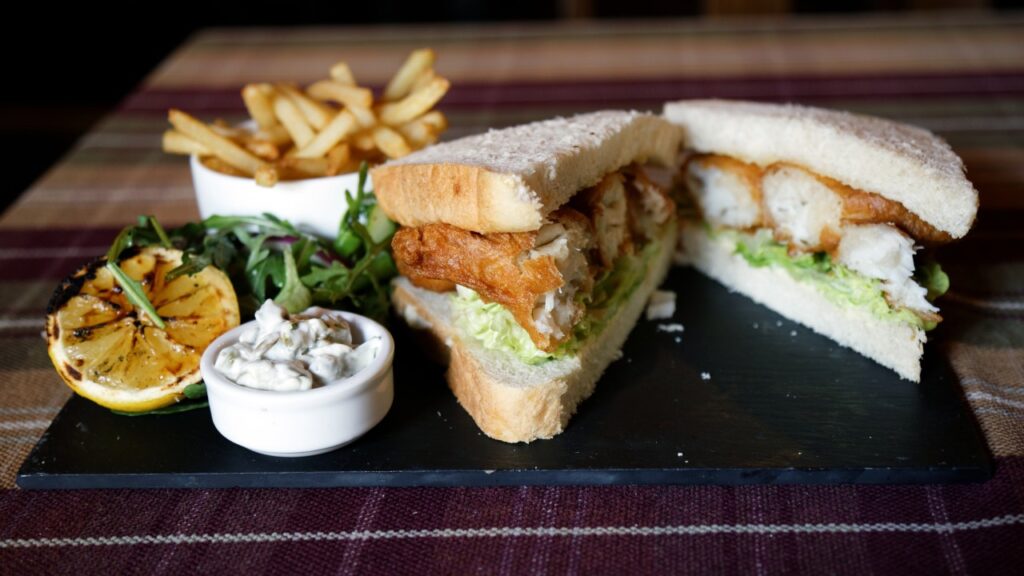
A “petite platter” implies elegance and refinement while signaling a smaller portion than a full entrée. These platters are often designed for diners who want to sample multiple dishes, enjoy lighter meals, or focus on presentation. While they allow a taste of several items, they rarely satisfy a large appetite. The term highlights moderation and style, offering a curated culinary experience rather than a hearty, filling serving. It’s a portion controlled for taste and variety rather than volume.
10. Half-Size
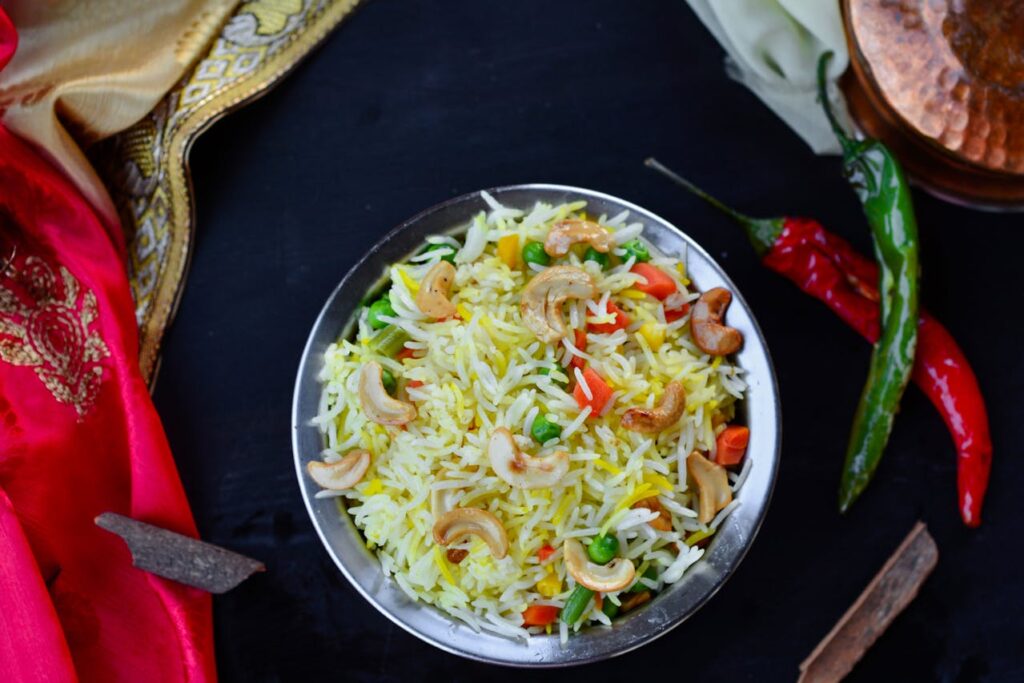
“Half-size” is a straightforward term indicating that the dish is literally half the normal portion. Common in soups, sandwiches, or lunch specials, it offers smaller servings at a lower price. While practical for portion control, dieting, or children’s meals, it clearly signals less food. Diners expecting a full meal should plan accordingly, perhaps adding a side or ordering two smaller items. It prioritizes flexibility and choice over fullness, providing a manageable, lighter option.
11. Tasting Menu
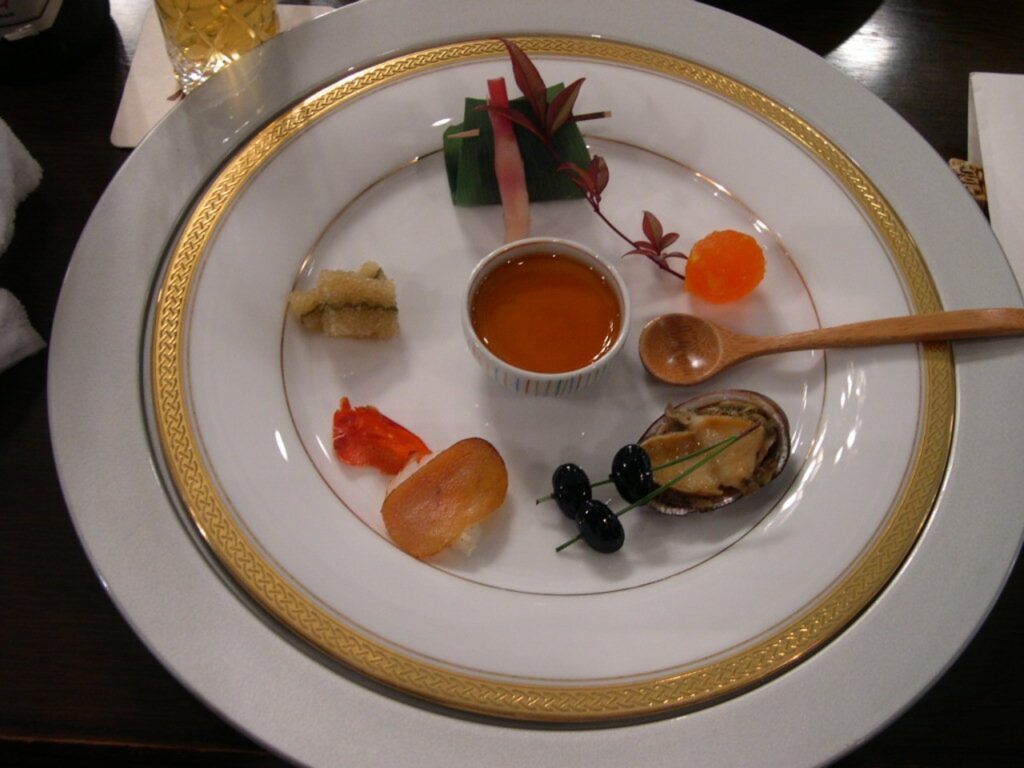
A “tasting menu” offers multiple courses in intentionally small portions, emphasizing flavor, technique, and presentation rather than quantity. Diners enjoy a variety of dishes, experiencing a chef’s creativity and skill across several small servings. While excellent for exploring a restaurant’s signature flavors, a tasting menu will not leave a diner fully satisfied in terms of hunger. Its purpose is culinary enjoyment, tasting, and artistry, rewarding the palate while delivering modest portions throughout the meal.


